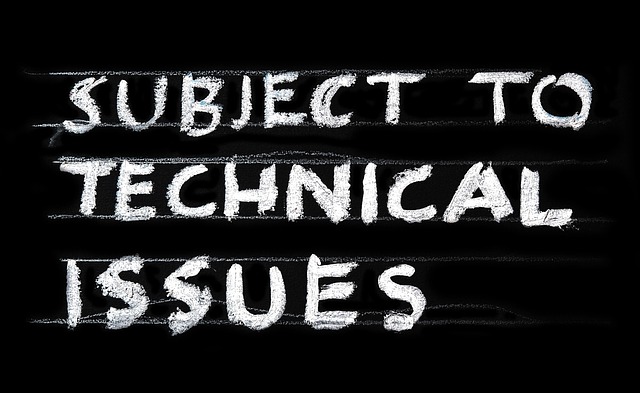The Truth Behind Environmental Conspiracy Theories: Unraveling the Climate Change Mystery
The world is constantly bombarded with information, and in recent years, conspiracy theories surrounding climate change have taken center stage. As individuals trying to make sense of the staggering effects of climate change on our environment, it’s only natural to seek explanations, even if they sometimes lead to questionable conclusions.
With climate change signs peppering our daily lives—from erratic weather patterns to alarming biodiversity loss—conspiracy theories can provide a sense of understanding or control. Perhaps they offer an escape from the overwhelming reality that humanity faces, allowing us to redirect blame or find solace in alternative narratives. But how do these claims stack up against the underlying scientific evidence?
The Roots of Conspiracy Theories
Historically, conspiracy theories thrive in environments of uncertainty and fear. When it comes to climate change, knowledge gaps and misinformation can cultivate distrust in established science and the institutions that promote it. The complexities of climate systems and the sometimes contradictory data can make anyone question the source or accuracy of climate research.
Additionally, the suggestion that a hidden agenda exists often adds a layer of intrigue. Whether it’s the belief that governments are manipulating climate data for their own gain or concerns about corporate influence on environmental policies, these notions can resonate deeply with those who feel disenfranchised or skeptical of mainstream narratives.
Common Conspiracy Theories
Among the myriad of conspiracy theories surrounding climate change, some recurrent themes emerge:
- The Climate Change Hoax: This theory posits that global warming is a fabricated issue, designed either to generate profits for green” companies or to exert control over populations through restrictive environmental policies.
- Weather Manipulation: Many believe that governments are actively manipulating the weather using technology. This often includes theories about chemtrails and the use of geoengineering techniques in unsuspecting communities.
- Data Fabrication: Some theorists claim that scientists are intentionally altering temperature data to support the existence of climate change, arguing that the supposed crisis is overstated for political ends.
The Impact of Beliefs
While these theories can seem far-fetched, they can significantly impact public perception and hinder collective action against climate change. People who adhere to such beliefs may become disengaged from genuine environmental initiatives, feeling that if the claim of a climate emergency is false, why should they engage in sustainable practices?
Importantly, the spread of these theories can erode trust in scientific institutions. Studies have shown that exposure to conspiracy theories can lead to decreased trust in science and scientists, which deteriorates the public’s willingness to accept climate change as a real and pressing issue.
Addressing the Theories
Combatting conspiracy theories requires transparent communication and a commitment to education. By providing clear, accessible information about climate science, we can empower individuals to think critically about the narratives they encounter. Engaging with communities, fostering open dialogues, and encouraging critical thinking can help demystify the complexities of climate change.
Ultimately, while conspiracy theories may offer a captivating alternative story, the reality of climate change is supported by a vast body of scientific evidence. It’s crucial to acknowledge the concerns and fears that fuel these theories while steering the conversation back toward facts and actionable solutions. As we strive to understand our changing world, grounding ourselves in reality will be our most potent tool against misinformation.




